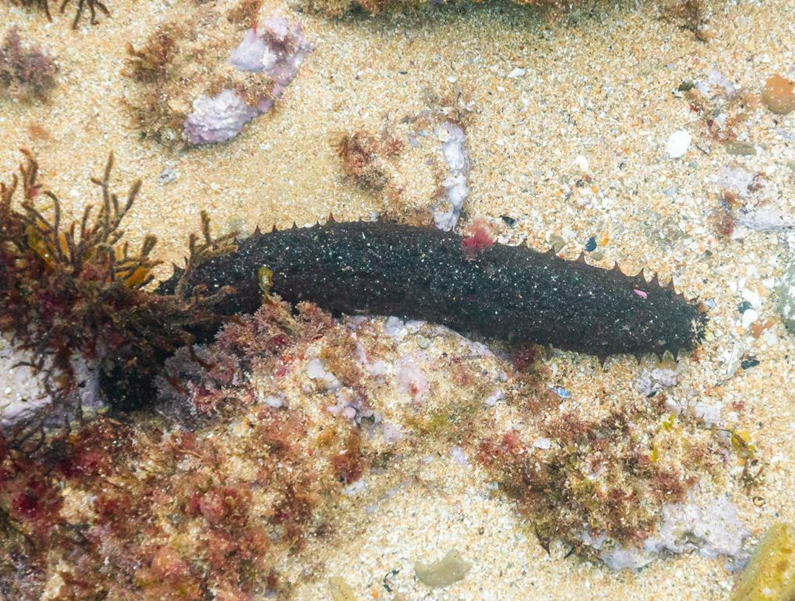- Courses
- GS Full Course 1 Year
- GS Full Course 2 Year
- GS Full Course 3 Year
- GS Full Course Till Selection
- Answer Alpha: Mains 2025 Mentorship
- MEP (Mains Enrichment Programme) Data, Facts
- Essay Target – 150+ Marks
- Online Program
- GS Recorded Course
- Polity
- Geography
- Economy
- Ancient, Medieval and Art & Culture AMAC
- Modern India, Post Independence & World History
- Environment
- Governance
- Science & Technology
- International Relations and Internal Security
- Disaster Management
- Ethics
- NCERT Current Affairs
- Indian Society and Social Issue
- NCERT- Science and Technology
- NCERT - Geography
- NCERT - Ancient History
- NCERT- World History
- NCERT Modern History
- CSAT
- 5 LAYERED ARJUNA Mentorship
- Public Administration Optional
- ABOUT US
- OUR TOPPERS
- TEST SERIES
- FREE STUDY MATERIAL
- VIDEOS
- CONTACT US
Sea Cucumbers
Sea Cucumbers

Sea cucumbers, marine creatures belonging to the class Holothuroidea, play an important role in preserving the health of the world's reefs.
Key Facts:
-
Habitat and Distribution:
- Found in saltwater environments worldwide, primarily near or on the seabed.
- Characterized by soft, leathery skin and elongated bodies.
-
Ecological Role:
- Often referred to as "janitors" of tropical seas.
- Consume bacteria and decaying organic matter, reducing "food" available for microbial pathogens.
-
Appearance and Features:
- Vary in size (0.75 inches to 10 feet long) and display a diverse array of colors.
- Have bumps on their bodies and lack eyes and a brain.
- They have unique abilities to navigate, defend themselves, and search for food.
Threats and Conservation:
- Sea cucumbers face predation from marine animals and human consumption.
- Overfishing poses a significant threat to populations, with over 70 species exploited for commercial purposes.
Symbiotic Relationships:
- Some species form a symbiotic relationship with the star pearlfish, which uses the sea cucumber's shelter.
Echinoderms:
- Echinoderms, a group that includes sea cucumbers, are named for their spiny or bumpy outer surfaces.
- Other echinoderms include sea stars, sea urchins, brittle stars, and feather stars.
- Defining characteristics of echinoderms:
- Water vascular system
- 5-sided radial symmetry
In conclusion, Sea cucumber’s repopulation could play an important role in protecting threatened corals. Sea cucumbers graze and eat bacteria, preventing pathogens from making corals sick. Their presence in sediment reduces the availability of food for microbial pathogens, improving the health of corals. Overharvesting of sea cucumbers has contributed to the collapse of coral reefs. Repopulating sea cucumber populations could help slow reef loss, giving reefs time to recover from other stresses such as ocean warming, overfishing, and pollution. Repopulation of sea cucumbers could provide a valuable ecosystem service that supports coral health and survival.
Must Check: Best IAS Coaching In Delhi



